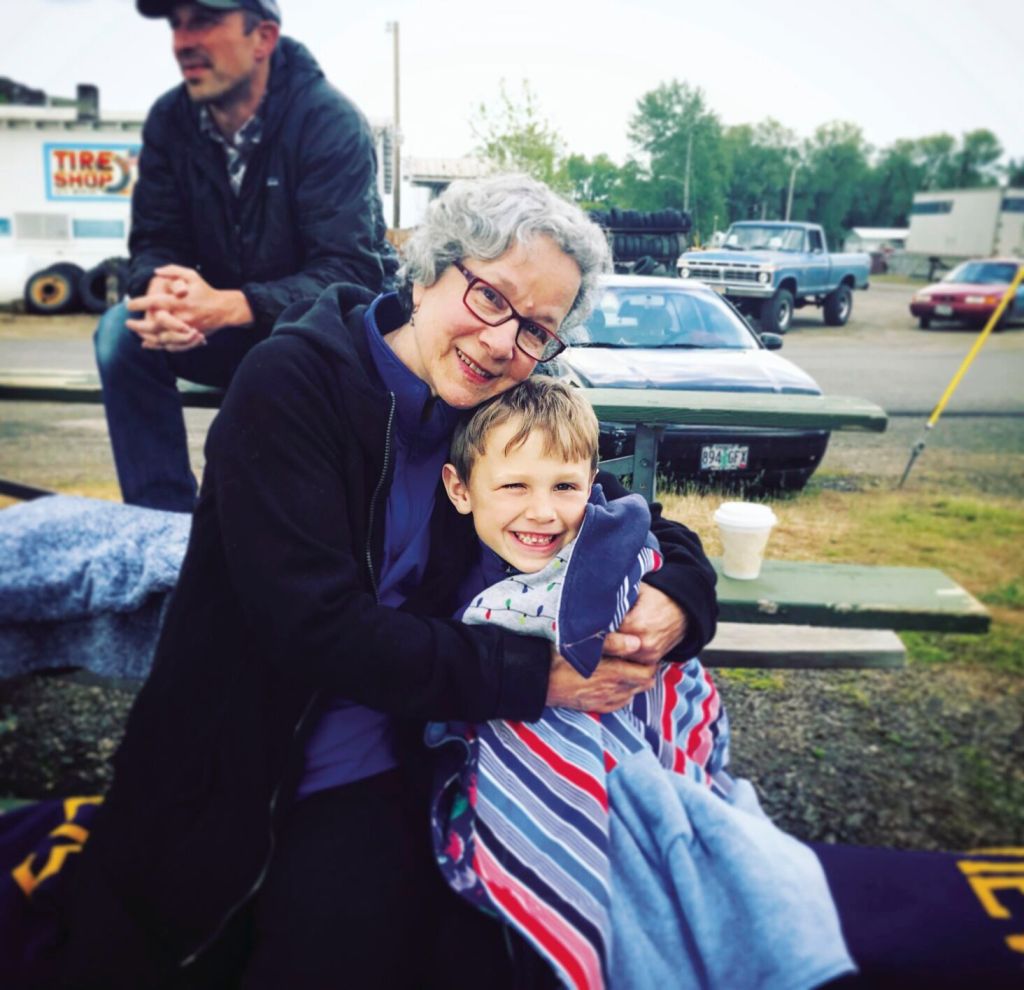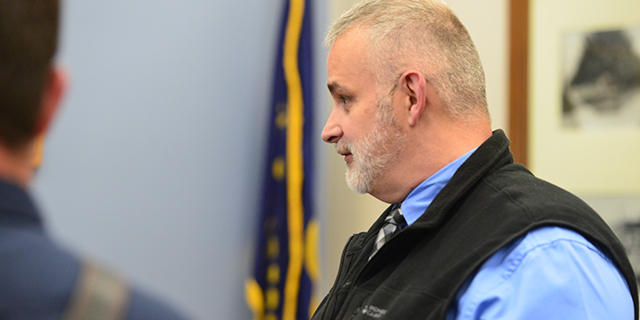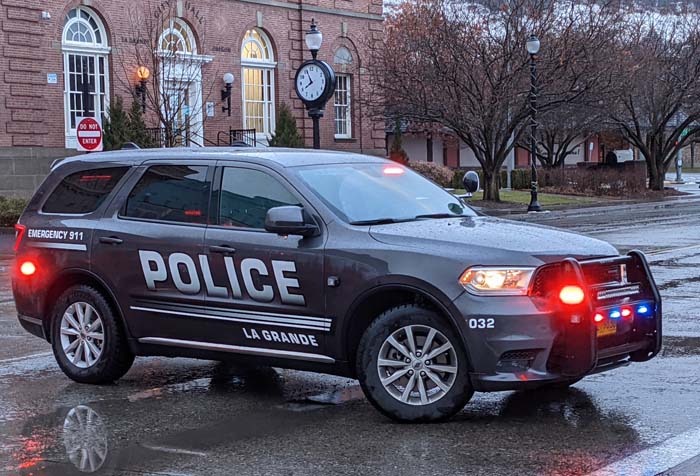Helping children in foster care
Published 5:00 pm Monday, May 24, 2021

- Erin Taggart said court-appointed special advocate Liz Tarrant, here with Taggart’s son Marshall in 2013, “helped bring Marshall forever home.”
Editor’s Note
Trending
This is the third of a three-part series on foster care needs in Baker, Union and Wallowa counties. The previous parts ran in the Thursday, May 20, and Saturday, May 22, editions of The Observer.
There are nearly 6,000 children in foster care across Oregon, and several programs in Eastern Oregon support those children, and provide ways for the community to help, too.
Every Child Oregon
Every Child Oregon is a statewide initiative that partners with the Oregon Department of Human Services to “aid children in foster care and to support foster families.”
Wallowa, Union and Baker counties are part of DHS District 13. Every Child Northeast Oregon, with Erin Taggart as program director, started serving this area in March 2020.
The goals of Every Child include foster family recruitment, and working in the communities to support volunteer projects.
One project is My Neighbor. Taggart said this provides a place for caseworkers, foster parents, children and CASAs — court-appointed special advocates — to specify a need, such as bunk beds, clothing, shoes or sports clothes.
Community members who register with My Neighbor can log in and find needs to fulfill.
A recent project by Every Child updated DHS visitation rooms with new furniture.
“To make it a little more home-like,” Taggart said.
Every Child, she said, offers community engagement either by accepting donations or with volunteer opportunities. Both offer education and insight on foster care.
“The idea is that everyone can do something. And with every engagement we hope they learn more about fostering,” she said.
Every Child also provides a portal for those who are interested in learning more about becoming a foster parent.
To learn more about Every Child, go to everychildneoregon.org. There is also a Facebook page.
CASAsCASA of Eastern Oregon covers Baker and Union counties. It is led by Mary Collard.
Taggart is program director of Wallowa County’s court-appointed special advocate program. It is a nonprofit program mandated by the U.S. Supreme Court.
Collard explains CASA like this: “to recruit, train and support citizens to advocate for the best interests of children who have been abused and neglected who are in the dependency court system and experiencing foster care.”
When a judge appoints the CASA program to a child’s case, a CASA volunteer is matched to that child (or children, in the case of siblings).
The advocate then researches the case information, gets to know the child, and makes connections with the people in the child’s life, including teachers and doctors.
“Helping the judge having eyes and ears on the child,” Collard explained.
The monthly time commitment averages between two and 15 hours.
The CASA then “makes a recommendation to the judge regarding the best interests of the child,” Collard said.
In simple terms, the court-appointed special advocate represents what the child needs. By contrast, Collard said, an attorney represents what the child wants.
CASA volunteers complete a 30-hour national curriculum. The next training, offered through Zoom, begins June 1 and is held Tuesdays and Thursdays from 5:30-8 p.m. for four weeks.
For more information, send an email to info@casaeo.org or apply for the training at casaeo.org.
District 13 — which includes Baker, Union and Wallowa counties — has a total of 42 court-appointed special advocates.
Collard said more trained advocates are needed because there always is a list of children waiting for a CASA in Baker and Union counties.
“Our goal is to always have trained advocates ready and waiting,” she said.
This can be challenging in smaller towns.
“We want to match an advocate and child and make sure there is no conflict of interest,” Taggart said. “We need a diverse pool of individuals.”
“Just because a volunteer is available, they may not be a good fit,” Collard said.
The goal, she said, is for a CASA to stay with that child’s case for the duration — until the child returns home or is placed in a safe, permanent home.
Health guidelines due to the COVID-19 pandemic presented challenges over the past year. To stay connected, advocates have visited children in an outside location, or connected through an online video platform to do activities or work on puzzles.
“It’s not ideal, but it’s still some connection,” Collard said.
CASAs are required to see the child at least every 30 days.
“Everyone has had to be really flexible,” Collard said.
Overall, she said, everyone involved in a child’s case has a common goal: “We’re partners. Everyone wants the same thing for this child — a safe, permanent home.”
GrantsGrant funds assist nonprofit organizations in supporting foster children and foster families.
A grant from the Eastern Oregon Coordinated Care Organization is earmarked to support, recruit and educate foster parents, especially with specialized training. It has also funded a part-time foster parent liaison who makes contact immediately when a foster child is placed in a home and can help arrange meals or gather needed supplies.
Grant funds also help with appreciation events to recognize foster families and advocates.
How to help
Monetary donations are always welcome to support the mission of Every Child and CASA of Eastern Oregon.
For information on how to donate to CASA, visit casaeo.org or send a donation to CASA of Eastern Oregon, 2024 Main St., Baker City 97814.
To support Every Child NE Oregon, go to everychildneoregon.org or send a donation to Building Healthy Families, Attn: Every Child NE Oregon, 207 N.E. Park St., Enterprise 97828.
This is the third of a three-part series on foster care needs in Baker, Union and Wallowa counties. The previous parts ran in the Thursday, May 20, and Saturday, May 22, editions of The Observer.









